You Never Know Who Might Show Up On Your Doorstep One Morning
By Elliot Janca
Editor’s Note: Elliot is one of GGBA’s youngest birders. Before our Birdathon postponement, Elliot was an active participant in our Young Birders Contest, where he helped fundraise on behalf of GGBA while promoting his love of birding. Even during difficult times like these, we can all find inspiration in Elliot’s passion for birds and nature. In this piece, Elliot explores his connections to nature and implores us to take care of our beloved birds.
Falling in Love with Birds
The wind was sharp, there was a dense fog in the air, all the fathomable elements to create a deep chill that seeped through the thick layers of warm clothing we had on, and yet, that was the day I fell in love with birds.
The morning may have been bleak, but as the sun came out, so did the birds. I don’t know what sparked it on that Christmas Bird Count in Monterey Bay. Before that, I had gone on many birding outings, yet hadn’t found much of a connection with them. Maybe it was witnessing a Red-breasted Sapsucker high up in the trees of Crocker Grove, or the multicolored flamboyant Harlequin Duck out in the water of Stillwater Cove, or maybe it was just them, the birds in their entirety.
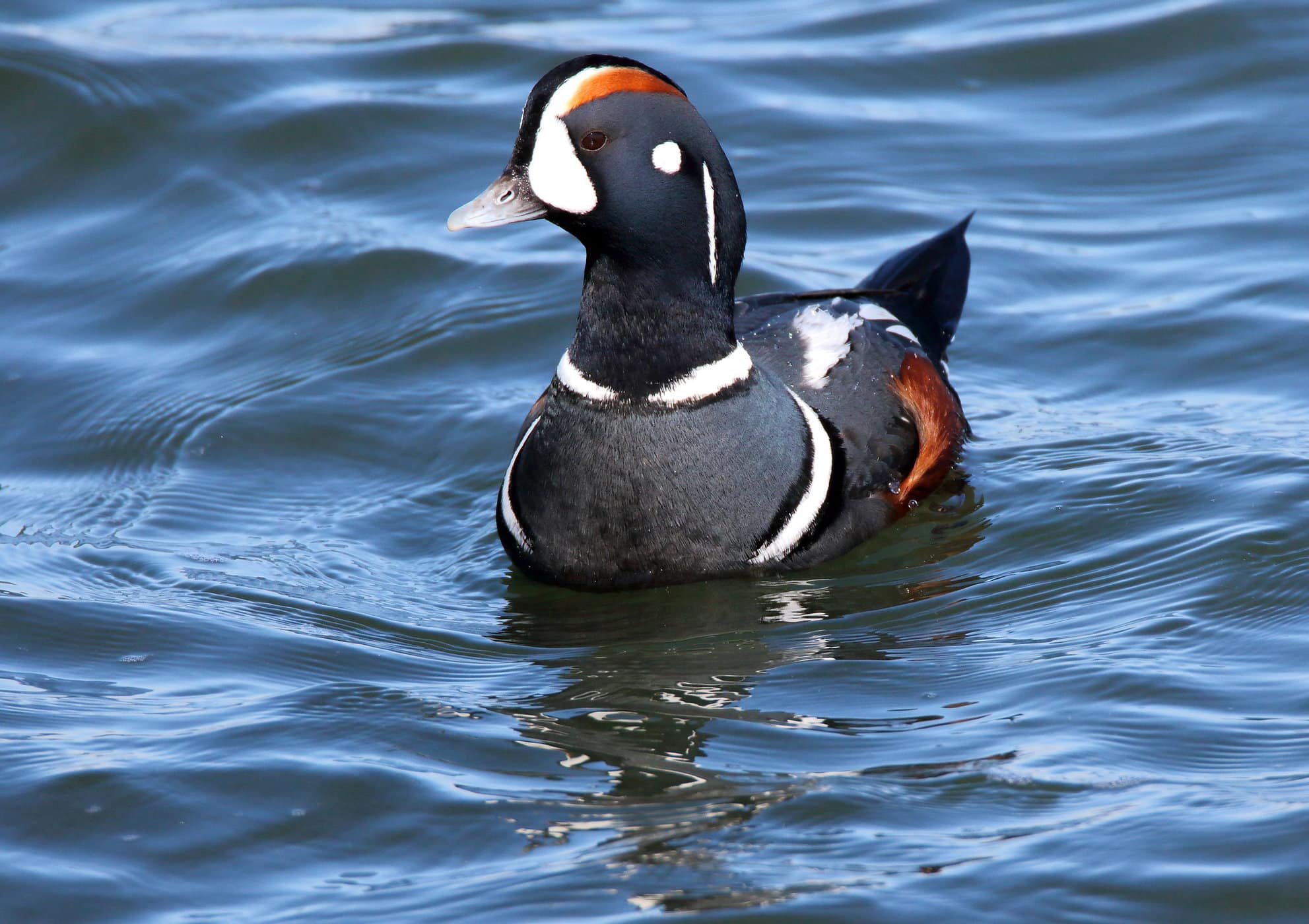
Since then, my life has changed.
Protecting Nature, Protecting Birds
All family vacations are now planned with birds in mind, if not the primary goal. I recently was lucky enough to go to South Korea and Palawan Island, in the Philippines. The beauty of the birds there shocked me, but what shocked me further was their behavior. In Korea, you couldn’t get within 100 yards of a flock of large foraging birds, usually egrets or spoonbills, before most of them decided it was unsafe and flew off!
However, Yubudo Island, at the mouth of the Geum Estuary, showed man-made devastation.
It is a significant estuary along South Korea’s Yellow Sea coastline and is a critical feeding stop on the migration route of shorebirds. The coast of the Yellow Sea used to have many such tidal mudflats, where sandpipers and plovers would gather in the masses to roost and feed. Now Geum Estuary is one of the last undammed estuaries, yet is already being destroyed. The thing that killed the others has not taken as much of a toll on Yubudo (walling off bays to create more industrial and agricultural space); instead, there is plastic ruining it. There is no square foot on that island that doesn’t have some piece of plastic larger than an inch, whether it be discarded fishing line or giant styrofoam boxes. The horror was even more evident when we uncovered a dead, bloated porpoise in broad daylight washed up onto the beach. The shorebird population is already crashing. Though never common, the Spoon-billed Sandpiper, with a population less than 500, is now ranked Critically Endangered by the IUCN.

Then I turned to Palawan, where the birds are still plentiful and most of the land undeveloped, a place we still have a chance to save before it is too late. However, already numbers of some birds are decreasing, like the Palawan Hornbill, a magnificent bird whose family is the Old World counterpart of Toucans. The two things most severely threatening the Palawan rainforest are the logging of it and the construction of palm oil plantations. Both of these are issues are shared worldwide with rainforests, though they happen on a more massive scale in Brazil. It would be a shame to let all of these millions of years of evolution to go to waste.
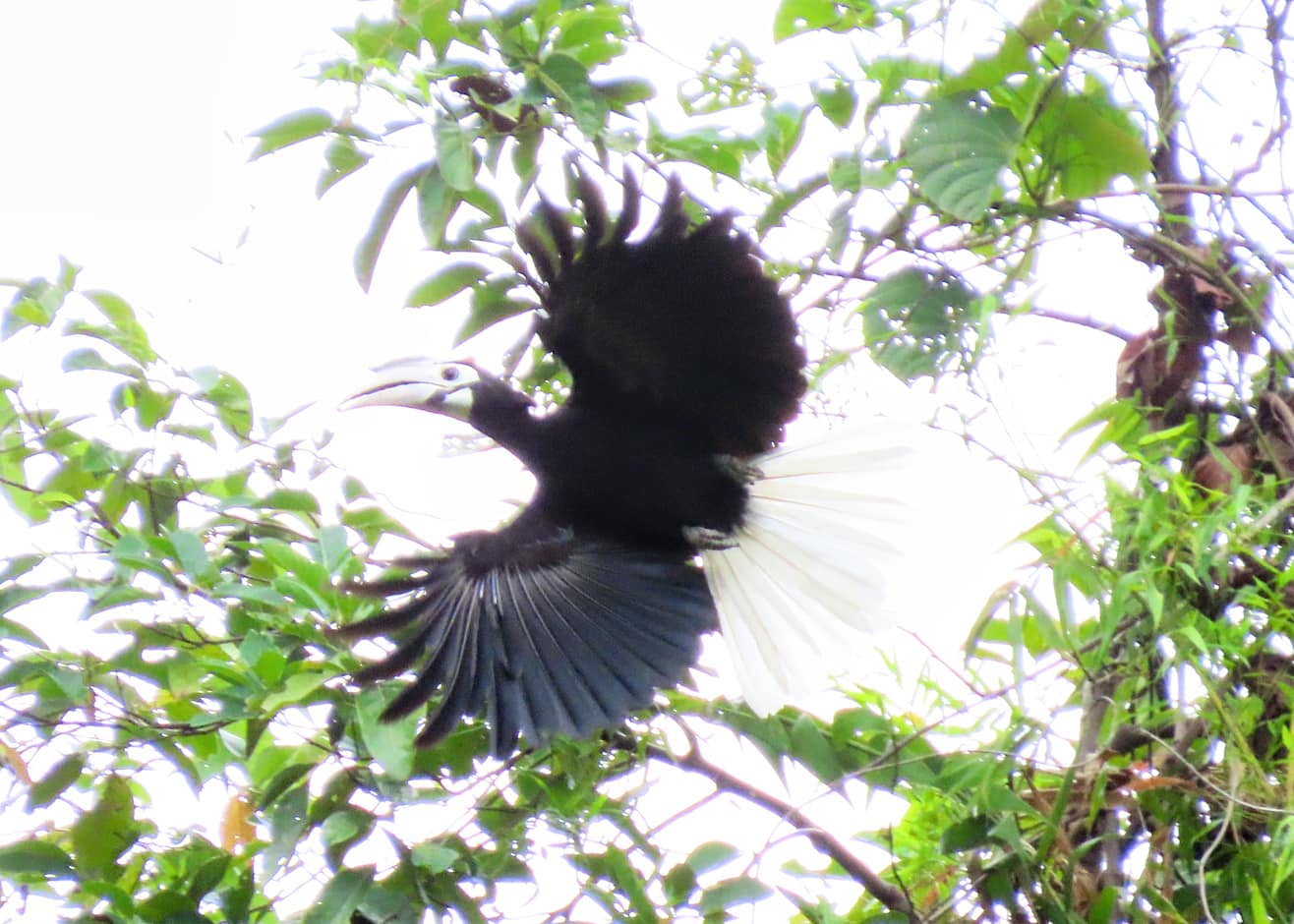
One Way We Can Help Nature: Learn to Bird!
We as a human species need to appreciate nature more. One way you can do is by birding, which doesn’t require sifting through dirt and turning over rocks to find bugs or diving in the water to look at fishes.
Starting birding is remarkably easy. All that is really required is a good field guide. However, a pair of binoculars always profoundly improves the experience. Optional, but not necessary, is a camera. Going for walks daily in our current sheltered situation, you should know your local species in no time! It’s hard at first, no doubt, but persistence is vital. As the seasons change, so do the birds. You never know what might show up on your doorstep one morning. Such is the beauty of nature.
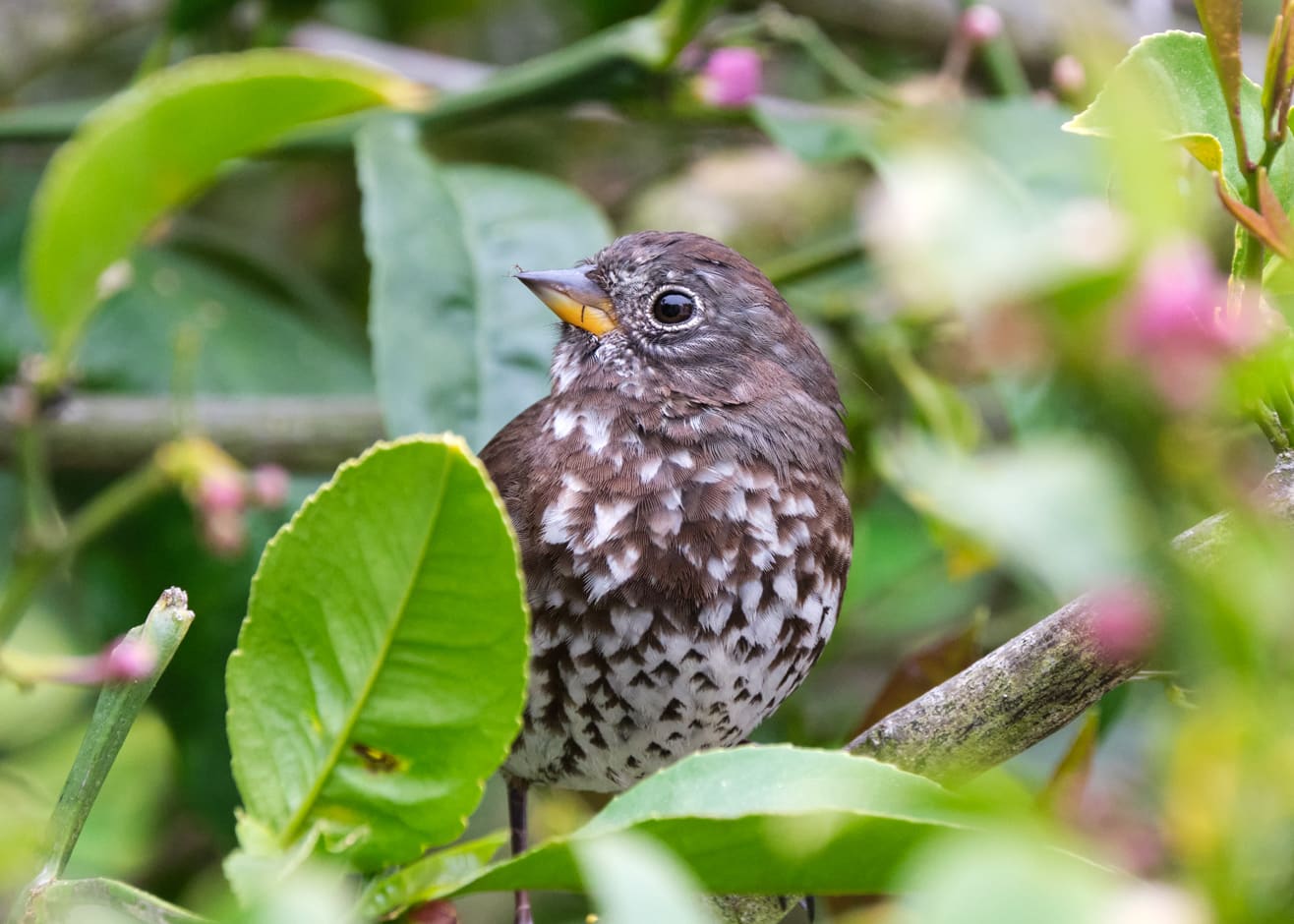
Though there are many places in San Francisco in which there are good numbers of birds, there are only a few that I go to frequently.
The place I go to the most by far is Stow Lake. This is a universally well-rounded birding hotspot. Situated in the heart of Golden Gate Park, it has almost everything.
The lake has a significant and diverse duck population, and if you keep your eyes peeled, or simply just find someone feeding the ducks, you can easily find the local male Hooded Merganser. They are spectacular ducks. Males have a long thin toothed bill and a large black crest with a white spot in the middle. Overall, they are a brownish color with black and white mixed intermittently. For me, besides chickadees, they’re the bird that gives off the most impression of an Oreo. The island in the center of Stow Lake and the surrounding Eucalyptus trees make it also an excellent place for Passerines and other foliage-loving birds. Other places I also frequent a bit are the Sutro Baths and Lake Merced. The former offers lovely views of Brown Pelicans and usually herons while the latter, along with being a fine spot for migrating warblers, is the only place in San Francisco where you can reliably see Great-tailed Grackle.
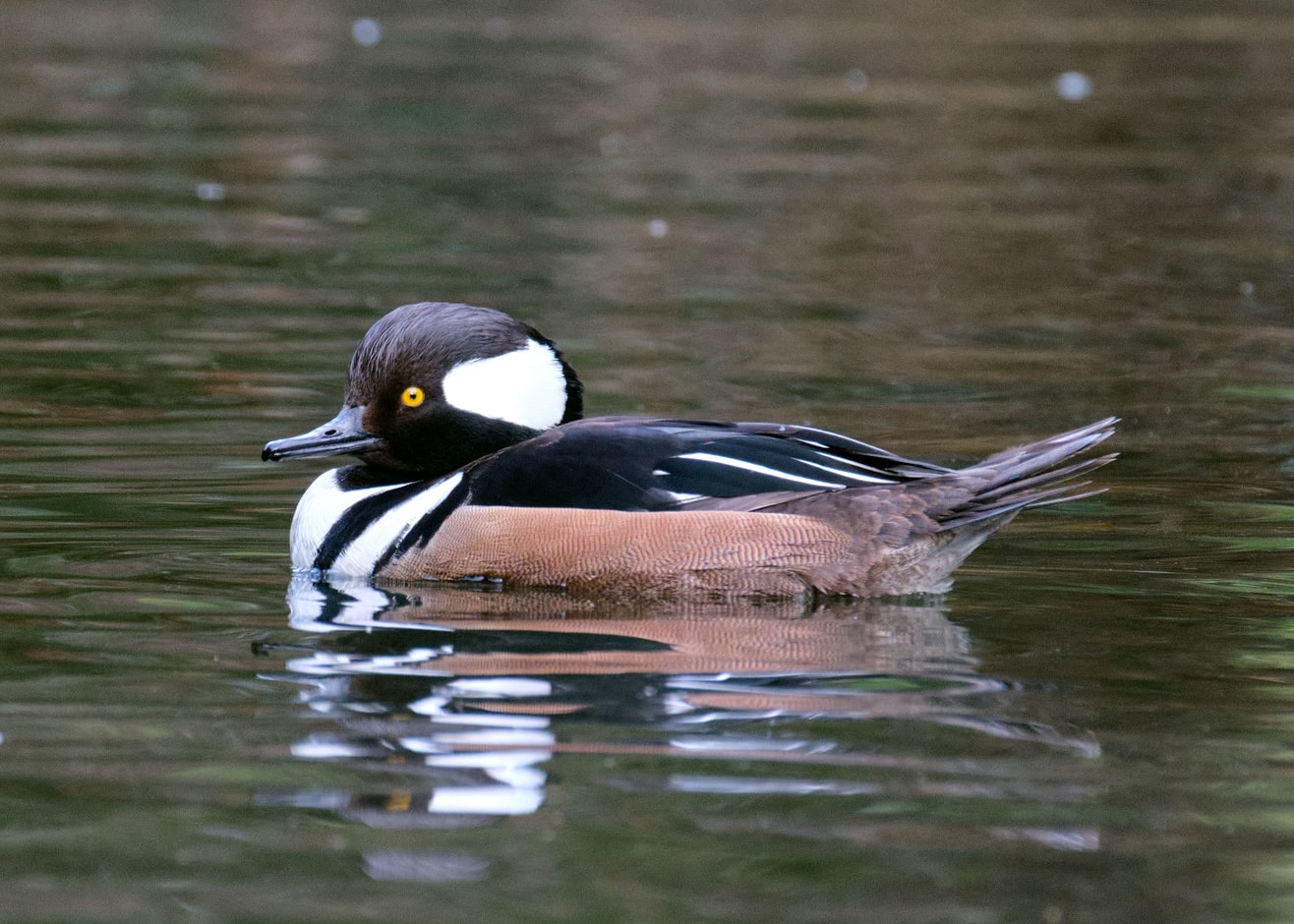
Every birder has their favorite birds, and so do I. My favorite, though followed closely by Wilson’s Snipe, is the Canyon Wren. Typically, when you think of a wren, or at least when I do, I picture a small brown bird with a short bill, raised tail, big temperament, colossal ego, and spewing all forms of profanity across the environment (this last one, though not true of all of wrens, is particularly favored by Marsh Wrens). However, Canyon Wrens are far beyond that. They are a little larger than a House Wren and have a white throat combining with a rusty body. Not just pretty in looks, Canyon Wrens have a spectacular voice, a wavering trill slowly lowering in pitch.
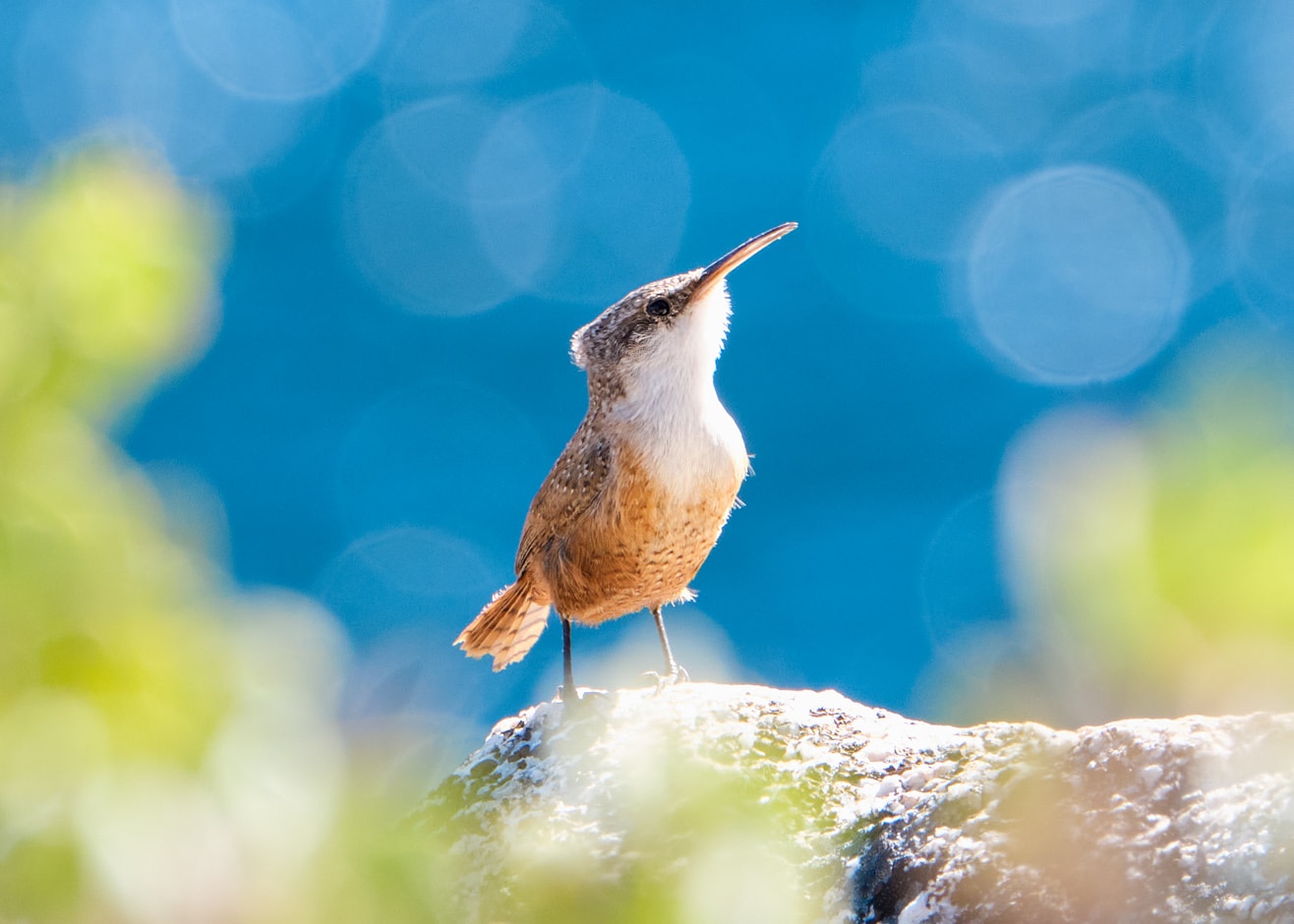
The area where I saw them (Hetch Hetchy Reservoir, where we San Franciscans get our water) was arid, but the water was sparkling with the glitter thrown upon it from the rays of the sun. To my parched throat, the sound of the Canyon Wren was flowing water, echoing across the dam.
By far, it is the most beautiful sound I have ever heard in my life.
Elliot Janca is a 13-year-old Korean-American birder from the Sunset District. He began birding recently and goes out whenever he has the time. When not having the time to go birding, he can be found checking out his feeder birds (always numerous), looking at birds on iNaturalist, and walking his cockapoo Pumpkin. Elliot hopes everyone can support GGBA in any way they can, whether through donating, fundraising, or spreading the word about what Golden Gate Bird Alliance does to protect the birds we love. Please consider a small donation to Elliot’s fundraiser. You can donate here.
We want to hear from you! Have a shelter in place birding story you’d like to share on our blog? Email your 800-1200 essays to Melissa at mramos@goldengatebirdalliance.org. Wishing you joy and peace through birding.
